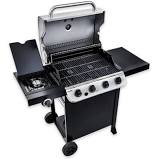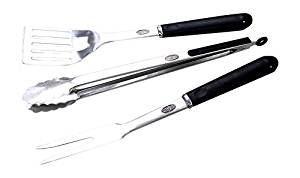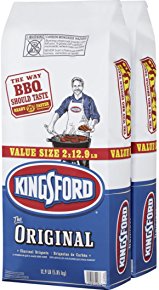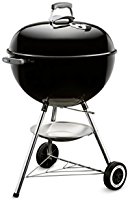Shelf life is generally 15-30 years; however the major negative is the manufacturing cost.
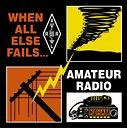
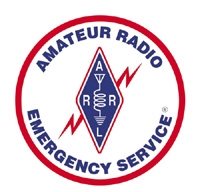 SUMTER COUNTY
SUMTER COUNTY
Amateur Radio Emergency Services Association (ARES)
Sumter County, Florida
Food Strategies After a Disaster
Following a disaster, there may be power outages that could last for several days. Stock canned foods, dry mixes and other staples that do not require refrigeration, cooking, water or special preparation. Be sure to include a manual can opener and eating utensils.
 |
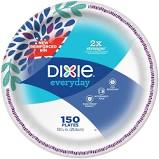 |
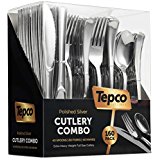 |
 |
 |
First, use what you have on hand.
- The food in the refrigerator is safe for perhaps 1-2 days. Check for discoloration, smell or anything else that would make it unacceptable to eat. It may have to be grilled or cooked as well. If you don't use it, you will lose it and the refrigerator too if food is left to spoil inside.
- The food in the freezer is generally safe for 2-4 days with ice and if the door use is minimized. Check for before cooking. Eat well as there is lots of stress and required energy.
- After the refrigerator and freezer is emptied wash out the inside and leave the door just slightly open to dry (piece of cardboard to make the air gap and tape the door nearby closed).
- This is the point to move to your other nonperishable food supplies listed below (fruit, canned goods-glass jars, dry goods, metal cans, grains, etc). Any cans that are damaged or might be contaminated should be discarded.
 |
|
 |
 |
Managing Food without Power
- Keep the refrigerator and freezer doors closed as much as possible.
- The refrigerator will keep food cold for about 4 hours if it is unopened.
- Refrigerated or frozen foods should be kept at 40° F or below for proper food storage.
- Use a refrigerator thermometer to check temperature.
- Discard any perishable food (such as meat, poultry, fish, eggs or leftovers) that has been above 40° F for two hours or more.
- If you have a generator, operate it outside, run a power cord to the refrigerator/freezer, and run until the inside temperature is 40° F for the refrigerator and about 20° F for the freezer . This should take an hour or two before disconnecting the power cord and moving to lighting or a fan or shutting the generator down to conserve fuel.
Using Dry Ice:
- Know where you can get dry ice prior to a power outage.
- Twenty-five pounds of dry ice will keep a 10-cubic-foot freezer below freezing for 3-4 days.
- If you use dry ice to keep your food cold, make sure it does not come in direct contact with the food.
- Use care when handling dry ice, wear dry, heavy gloves to avoid injury.
Suggested Emergency Food Supplies
Consider the following things when putting together your emergency food supplies:
- Store at least a three-day supply of non-perishable food.
- Choose foods your family will eat, just not because they are convenient, available, or on sale.
- Remember any special dietary needs - Gluten-free, salt limitations, diabetes, etc.
- Avoid foods that will make you thirsty - salty foods
- A properly stored (cool, dark place), unopened, undented. and not budging can of tuna will generally stay at its best quality for 3 to 5 years, although it will usually be safe after that which is well beyond the store expiration date. Still it is best to continue to rotate your supplies using the oldest can as you cook.
The following items are suggested when selecting emergency food supplies. You may already have many of these on hand.
| Ready-to-eat Canned meats/fish
or foil packets (chicken, ham, beef, turkey, tuna, salmon, etc.) Canned fruit (peaches, pears, apple sauce, etc.) Canned vegetables (pork-n'-beans, string beans, beets, corn, etc.) Canned juices (apple, orange, pineapple, etc.) Non-perishable pasteurized milk Comfort/stress foods (macaroni and cheese, chips, ice cream, etc.) |
Dry cereal or granola
Breakfast bars, pop tarts, protein bars, and fruit bars Peanut butter (jar or peanut butter & crackers in sealed packages) Dried fruit (apricots, apples, peaches, etc.) Specialty food for infants Specialty food for seniors Super Food for Stress (kale, broccoli, leafy greens, celery, nuts, oily fish, fermented food - kimchi, herbs and spices, and organic berries |
MRE's (Meals-Ready-To-Eat)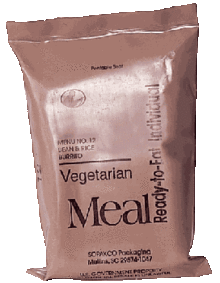
The Meals-Ready-to-Eat – commonly known as the MRE – is a self-contained, individual field ration in lightweight packaging bought by the United States military for its service members for use in combat or other field conditions where organized food facilities are not available. While MREs should be kept cool (75 degrees or less), they do not need to be refrigerated.
The pre-cooked food is also distributed by FEMA along with water and ice about 3 - 7 days after a disaster when cooked food it not yet available. Next, the American Red Cross, Salvation Army, and Southern Baptist will respond with their teams and begin to set up and provide hot meals. The first two organizations will provide vehicles that go out to the homes and the Southern Baptist will set up a kitchen and feed from that location.
Each meal provides about 1200 Calories and there is an assortment of offerings. They are intended to be eaten for a maximum of 21 days (the assumption is that fresh food rations can be provide by then). The MRE's have a minimum shelf life of three years (depending on storage conditions) and typically five years if stored as above. The hotter temperature that the MRE is exposed to, the shorter the shelf life. There is also a heater pack that goes with the meal that enables chemically heating the food before eating. If buying MRE's, be careful of avoiding ones that only have part of their shelf life left, which is a not an uncommon occurrence on E-Bay. Check in the print on the outside of each package.
Drink lot of water and some fruit, if available, with the MRE's to prevent constipation.
Freeze-dried foods
Food Safety & Sanitation
Without electricity or a cold source, food stored in refrigerators and freezers can become unsafe. Bacteria in food grow rapidly at temperatures between 40 and 140 °F, and if these foods are consumed you can become very sick. Thawed food usually can be eaten if it is still “refrigerator cold.” It can be re-frozen if it still contains ice crystals. To be safe, remember, “When in doubt, throw it out.”
Do:
- Keep food in covered containers.
- Keep cooking and eating utensils clean.
- Discard any food that has come into contact with contaminated flood water.
- Discard any food that has been at room temperature for two hours or more.
- Discard any food that has an unusual odor, color or texture.
- Use ready-to-feed formula. If you must mix infant formula use bottled water, or boiled as a last resort.
Don’t:
- Eat foods from cans that are swollen, dented or corroded, even though the product may look safe to eat.
- Eat any food that looks or smells abnormal, even if the can looks normal.
- Let garbage accumulate inside, both for fire and sanitation reasons.
Cooking
To heat food in a can:
- Remove the label.
- Thoroughly wash and disinfect the can. (Use a diluted solution of one part bleach to ten parts water.)
- Open the can before heating; otherwise it will explode during heating.
The second line is charcoal and the first line is propane cooking. If you are buying a new propane grill, make sure it has a side burner and you have a pot to use with the burner.
 |
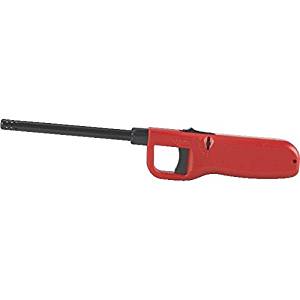 |
|
|
|
|
|
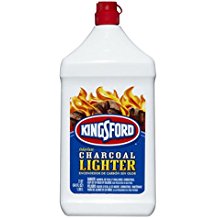 |
Last Update: 06/23/2018 © Copyright Sumter County ARES. All Rights Reserved.

